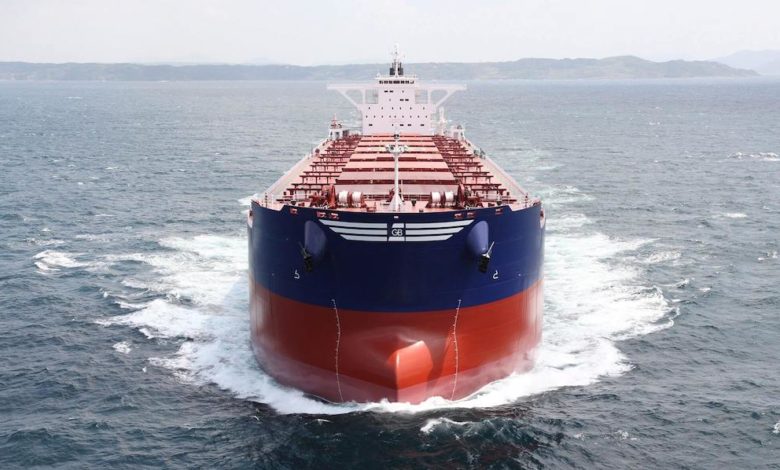Cape run still has plenty of legs going into 2022

Capesizes have been on a dramatic ascendancy of late, crossing the $50,000 mark this week on the back of growing port congestion and strong Brazilian iron ore exports. How far the run can go has divided experts.
Nick Ristic, a dry bulk analyst with Braemar ACM, pointed out that in addition to the Covid-linked Chinese port congestion, Australian quarantine requirements are tying up many ships.
“The coal tradeflow shake up is also still throwing the cape market off kilter slightly and adding to the disruption,” Ristic added.
The capesize orderbook stands today at just 6.3% of the extant fleet, the lowest on record
There has been a positional squeeze in the Atlantic in recent days, where the ballaster list has dwindled as Brazilian miners make up for lost output in the first half of the year.
“While macro data suggests that demand is set to cool in the medium-to-long term, short-term indicators point to further strength in the near future,” commented Burak Cetinok, head of research at brokers Arrow.
The ballaster list is still very tight in the Atlantic for September dates. Heavy congestion, particularly in China, is playing a part. As of the end of last week, about 17% of the capesize fleet was tied up in congestion globally, according to data from Arrow.
“When and how quickly the congestion unwinds will be critical in dictating the direction of the capesize market over the next couple of weeks,” Cetinok said.
Randy Giveans, a shipping analyst at investment bank Jefferies, maintained that while dry bulk was unlikely to return to the supercycle glory days of the 2003 to 2008, there was still plenty of upside for capes to come.
Similar to the supercycle period, Giveans pointed out that the dry bulk orderbook remains low with expected fleet growth of <2% until at least 2024 while demand is set to remain robust through global GDP growth, inventory restocking, and massive stimulus/infrastructure spending.
As of the end of last week, about 17% of the capesize fleet was tied up in congestion globally
John Michael Radziwill, CEO of Monaco-headquartered dry bulk owner GoodBulk, said the crossing of the $50,000 mark, the highest level in more than 11 years, had given cape owners “significant optimism”.
“We definitely think this rally has legs in it as there are a number of factors that have come together that have propelled this market higher and those same factors look like they are here to stay until at least the end of the year and most probably through next year,” Radziwill told Splash.
Like others interviewed by Splash, Radziwill cited the strong Brazil-China iron ore volumes, growing coal demand and congestion as reasons for the current cape rally.
Radziwill predicted congestion would last until at least the end of the year because of Covid restrictions and economic growth fuelling demand out of China as well making the container market very congested and spilling onto the bulk carrier market.
Moreover, iron ore exports from mining majors during the second half of the year are on course to be much larger than during the first six months.
Radziwill also pointed to the capesize orderbook, which stands today at just 6.3% of the extant fleet, the lowest on record. 2022 has the lowest expected number of cape deliveries since 2008 and for the time being 2023 has even fewer vessels on the orderbook.
Enrico Paglia, a shipping analyst with Banchero Costa, also discussed the limited cape orderbook in conversation with Splash today.
Just 55 capes and VLOCs have delivered so far this year with Banchero Costa’s fleet growth projection for 2021 halved compared to 2020 and in 2022 the Italian brokerage is anticipating a further slowdown.
Concluding, Braemar ACM’s Ristic said that even if the market does come off over the next couple of years, the trend is still pointing upwards.
